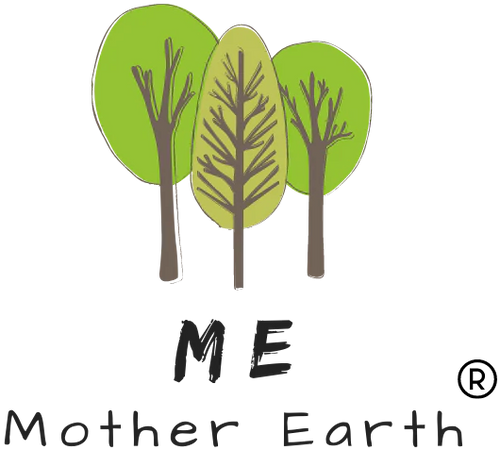Oh, Valentine’s Day. Universally beloved and equally hated holiday since the traumatic process of exchanging cards in grade school became a thing. The greeting card industry flourished for a time on that trauma and even though the industry has lost ooodles of clout in the electronic age, we still yearn for physical (read commercial) proof of someone’s affection on February 14th. Yay consumer programming!
So what’s a fellow (still sexist after all these years) to do? There are two prepackaged, easy, and possibly affordable options - chocolate and flowers.
Available literally everywhere, right up to the last possible moment, AND with a wide range of price points to meet any person's needs and wallet. Great, amirite? For you, perhaps, but not for Mother Earth.
Most flowers in the U.S. are imported, no surprise there, usually from warmer places like Ecuador or Colombia. Getting them from there to here is a high tech, time sensitive, carbon gobbling environmental nightmare. Those blooms may need warmth to grow, but they need constant refrigeration to stay dormant and fresh. This means a “cold chain” on the farm, truck, boat, plane, whatever, to get to your florist or grocer. In 2018, Valentine’s Day flowers grown in Colombia and flown to US airports produced some 360,000 metric tons of CO2, and that’s roughly equivalent to 78,000 cars driven for one year.

Let’s add to that figure the thousands of miles in gas-guzzling refrigerated trucks from flight hubs such as Miami, Newark, and Los Angeles to your hometown. Refrigerated trucks use 25% more fuel than ordinary trucks due to the extra energy the vehicle needs to keep cool. Wrap that lovely bouquet in single use plastic and I’m figuring you get the picture. No bueno for the planet.
The US is the world's largest consumer of cut flowers and the industry is booming - generating roughly $55 billion annually. This sounds like economic opportunity but, as usual, modern agricultural jobs always come at a price, to workers and communities. Exposure to pesticides and preservatives, over extension of natural water resources, and brutal labor policies all can be found in the floral industry. So what’s an ecologically woke person to do?

Start by asking yourself how far have those blooms had to travel to make your person happy? If you can buy at a local farmers market, that’s a win. Some supermarket chains have “buy local” policies and some are members of fair trade organizations. Ask. If you’re really struggling to find a supplier that grows locally, look up your location on Slow Flowers and again marvel at how the internet can improve your life. Next bring your own vase, and yes, you probably have one or something that will work in that capacity. Thrift shops are awash with them. This may take a little more preparation than that eleventh hour dash into the floral section but you can do it. You’ll get bonus points for being so ecologically careful. Trust me.
Next we’ll talk about about plastic, chocolate, balloons, and more! Read more here.

